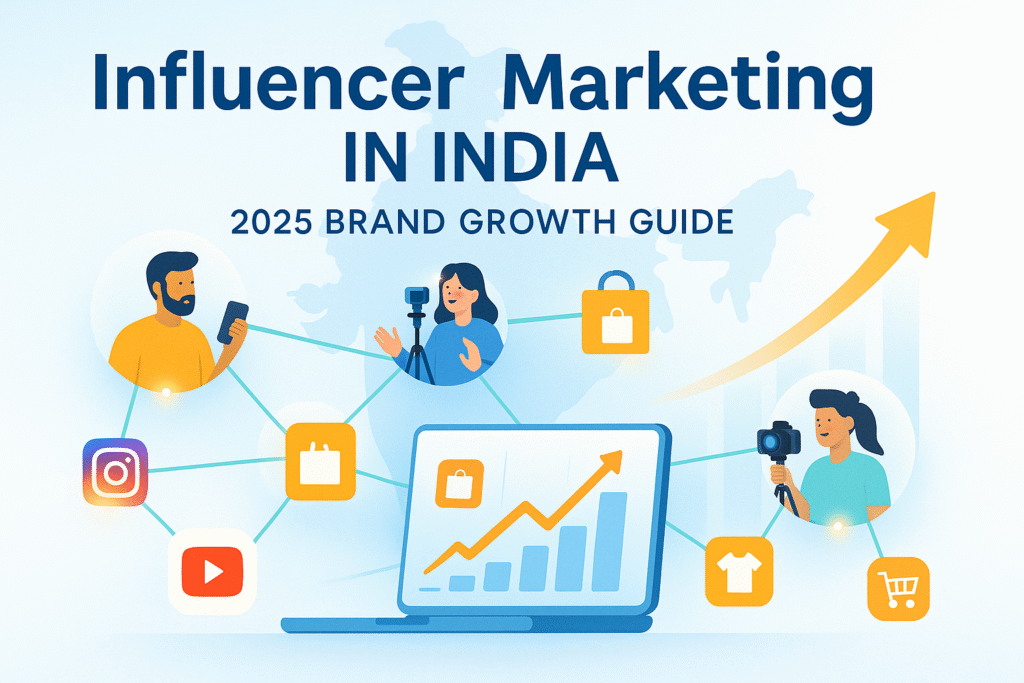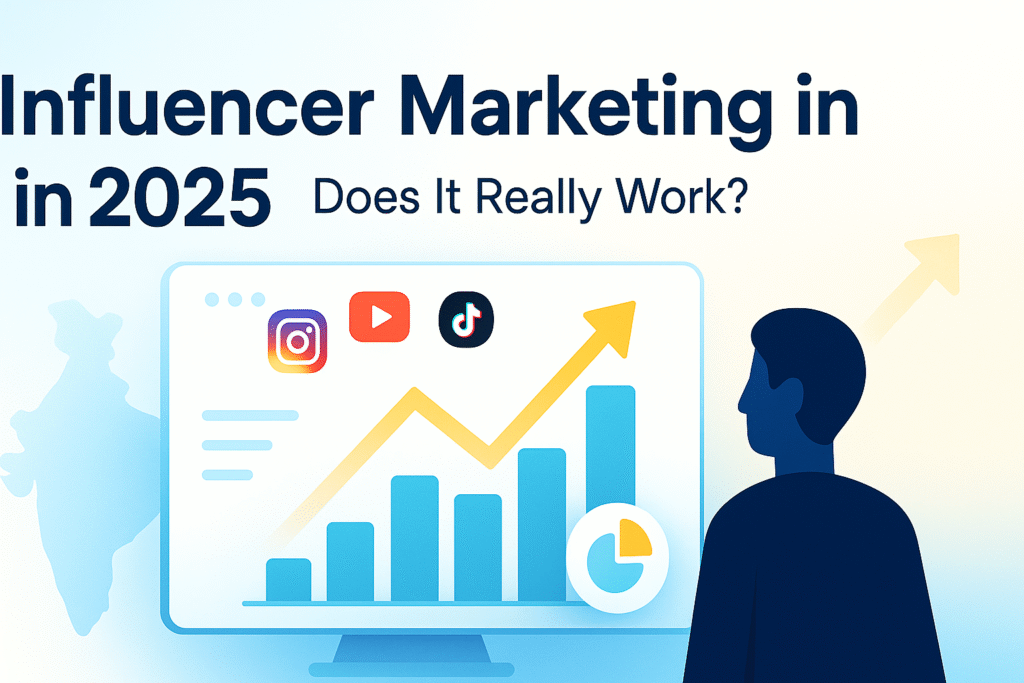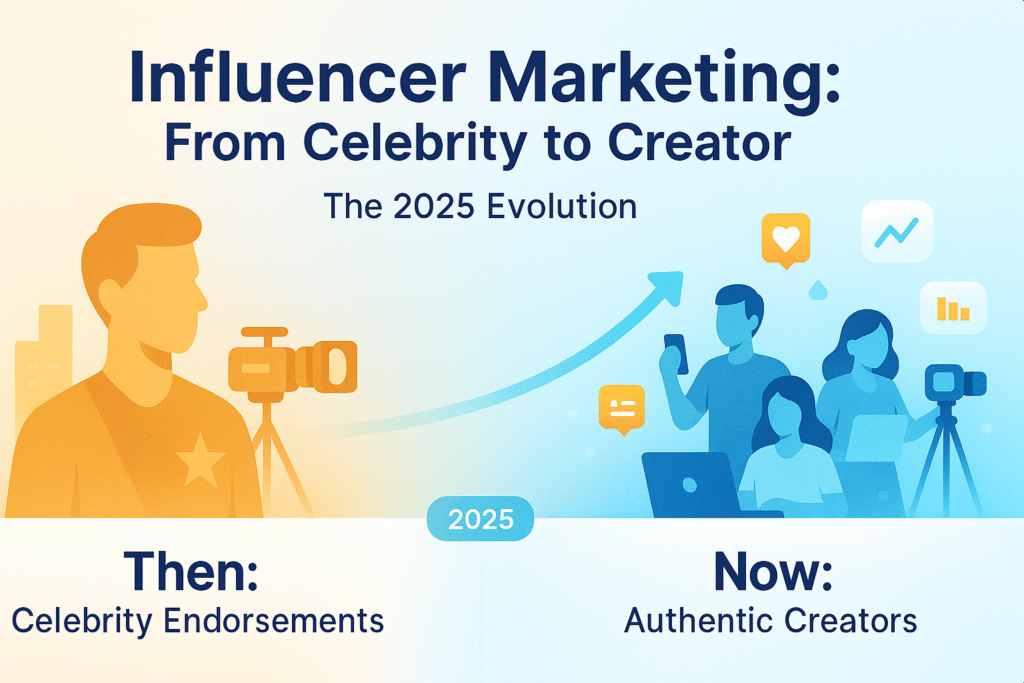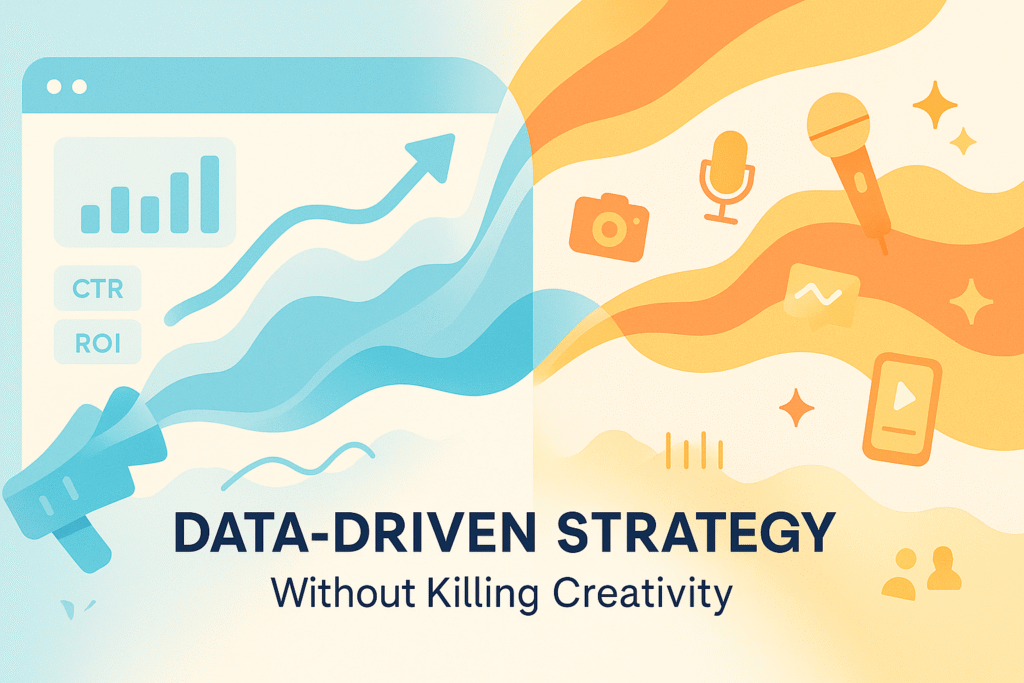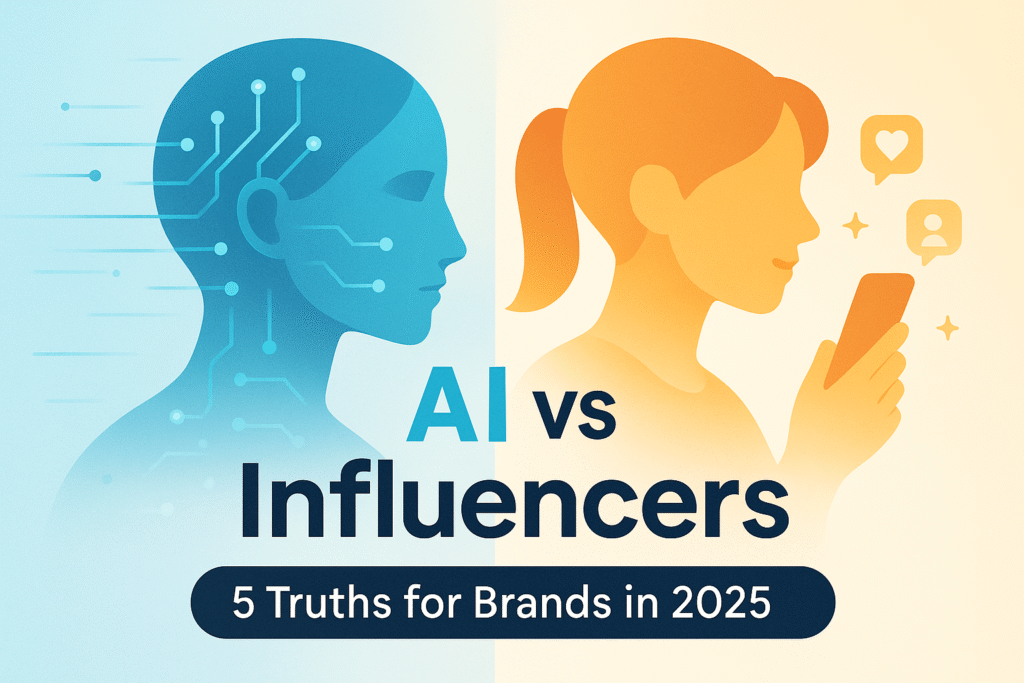Get Started with Mintlink Today!
Automate your “link please” comments and start earning today. Download the free Mintlink app!
Table of Contents
Looking for the latest influencer marketing statistics india has to offer? You’re in the right place. This data matters, because influencer marketing in India is no longer just a channel. It is now an economic layer.
Creators today are distribution. And the gap between brands who understand this vs brands who still look at this like just “awareness posts” is going to decide CAC wars in 2025.
This is why these 20 data points actually matter — because they will rewire how you think about value, measurement, planning and attribution in influencer marketing in India next year.
Why this matters (the problem)
The biggest problem with influencer marketing in India today is not creator supply, not budget, not discovery. It’s lack of clarity. Most marketers still justify influencer budgets emotionally… not mathematically.
- No unified measurement logic
- No pipeline thinking
- No predictable monthly compounding
- No strategic repeat loops
Brands in India still under-value the fact that creators are literally the lowest CAC compounding engine available today — if deployed strategically + programmatically + consistently. Because when you look at data… India’s creator ecosystem is not “noise” — it’s the most scalable demand gen engine in this market.
India Context First — Why India is different
- India has the highest time spent on short video globally after China.
- India has 8x cheaper CPM vs US.
- India’s digital purchase behavior is creator first far more than publisher first.
- India’s purchase drivers are trust → peer proofs → personality driven recommendations → then brand.
This is very opposite of Western markets where brand > creator in many categories. This changes attribution logic completely.
20 Key Influencer Marketing Statistics India (2025 Focus)
(India + Global blended with relevance)
Core Influence + Adoption
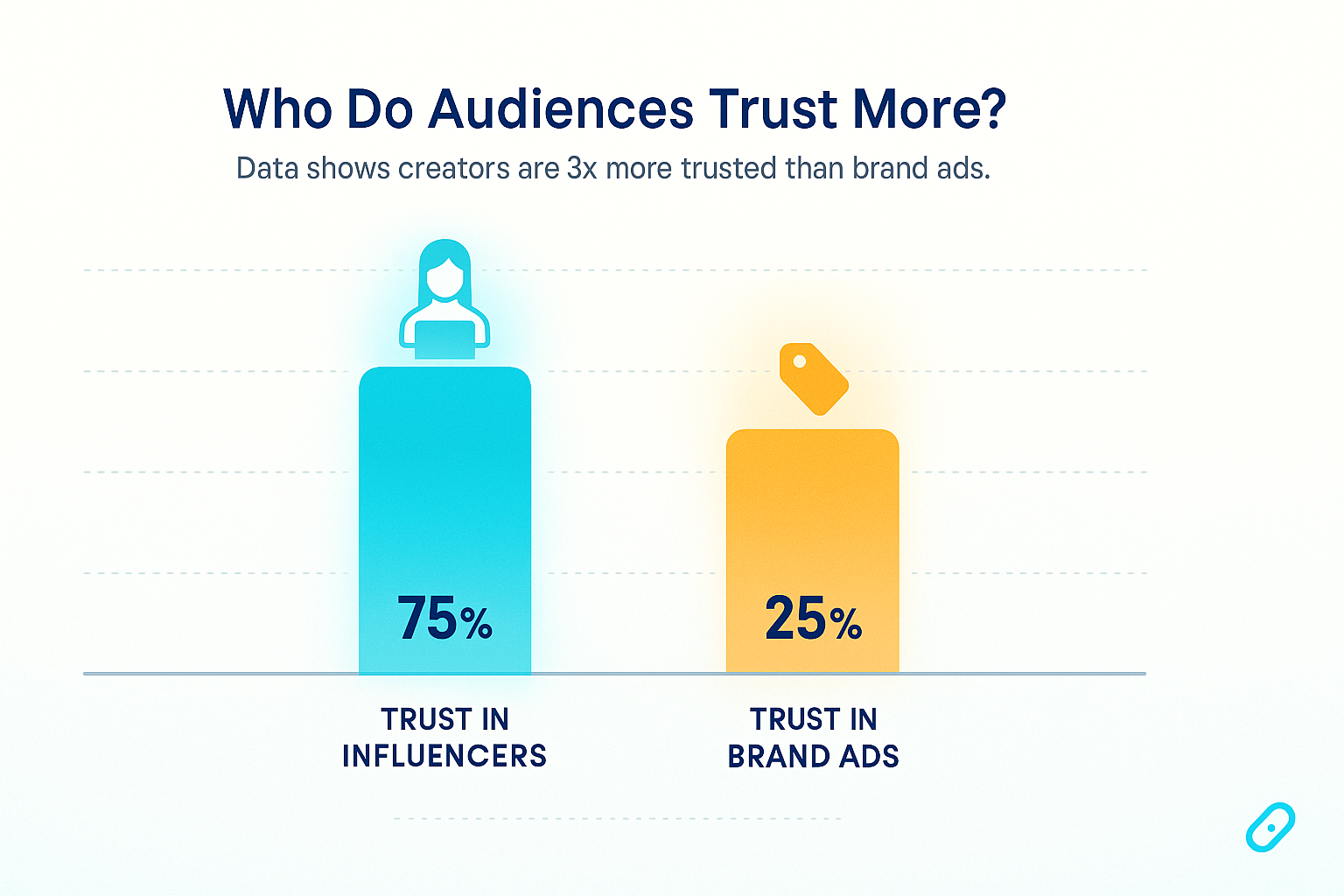
- India has crossed 1.5 Crore active creators
- 75% of Indian consumers say they trust influencer recommendations more than brand ads.
- 60% of Gen Z in India says they discover new products first from creators.
- 40% of Indian D2C brands now allocate 25-40% of their marketing budgets to creator marketing.
- India’s creator economy is projected to hit ₹3,500+ crore market size by mid-2025.
- Tier 2 + Tier 3 creators have 3X higher comment rate vs Tier 1 (because of perceived “accessibility”).
- Beauty + Fashion creators drive the highest RoAS among Indian categories — ~2.8-4.2 avg when executed right.
Performance + Sales Reality
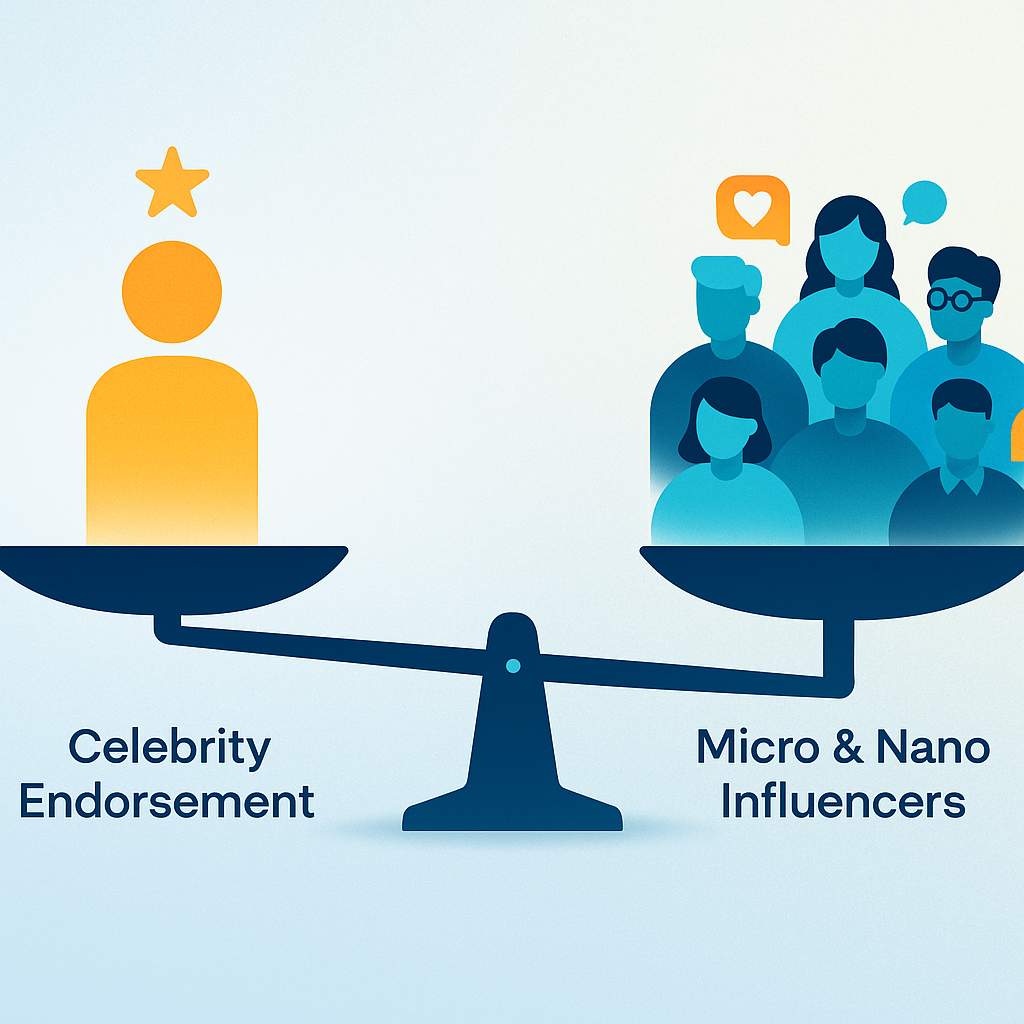
- 82% of consumers in India claim seeing a creator multiple times increases purchase trust. (This is why frequency beats one-off brand campaigns.)
- Micros + Nano creators produce 60% of India’s influencer-driven conversions. Not celebrity influencers.
- 53% of Indian brands who invest in long-term creator partnerships see 30-65% CAC reduction within 90-150 days.
- Typical short video content costs 4-9x lesser than typical performance creative iteration for the same sales lift (for early-mid D2C).
- Creators are now driving category creation at seed stage — 20-30% of first-time category education happens via influencer content.
Format & Platform Behavior
- YouTube long-form creator influence results in ~3.5x higher brand recall vs static influencer posts.
- Instagram Reels are 5x more likely to drive impulse intent vs feed posts.
- India WhatsApp community + influencer collab loops now convert at 18-26% on specific niche categories.
Trust + Perception Layer
- 47% of Indian consumers reject brands that only run paid ads without influencers.
- Creators who share vulnerability + failures → 80% higher trust memory retention vs creators who only post polished content.
- The male grooming category in India is now 32% influencer recommendation driven — growing at 2x YoY.
B2B & Knowledge Layer (massively underrated)
- B2B influencer impact globally shows ~65% of buyers say LinkedIn creators influence their solution shortlist. (India B2B ICP adoption is going to enter breakout stage by mid-2025).
- 52% of B2B decision makers say “practitioner POVs” from creators are more credible than agencies and platforms.
Insights → POV from a strategist lens
Influencer Marketing in India is moving from “viral exposure” mindsets → to “economics & measurement” thinking. From campaigns → to ongoing pipelines. From big influencers → to niche + micro scale. From platform-specific → to distributed content supply.
Brands that win in 2025 are not going to be the brands who spend the most on influencers. They will be the brands who engineer creator compounding.
Influencer marketing is literally the most frictionless way to build systematic demand and build brand memory simultaneously — in India specifically — because of cultural trust basis, social entertainment adoption and mobile-native consumer behavior. This is a channel that rewards consistency and programmatic iteration. Not hero moment spikes.
Real Examples (India)
- Beauty D2C brand → moved from sporadic influencer drops to 20 micro-influencers/weekly → dropped CAC by 37% over 4 months.
- Men’s grooming brand → repeated creator faces instead of new influencers monthly → lift in repeat purchase intent from 22% → 43%.
- Home decor brand working with regional creators in Tamil + Marathi → Avg conversion increased 2.4x vs only English creators.
Patterns are clear:
- Proximity > Follower Count
- Consistency > One Off
- Programmatic > Burst Spending
Actionable Takeaways for Indian Marketers
Strategy Layer
- Stop “influencer picking” → Start “audience mapping”.
- Prioritise micro + niche + regional creators.
- Build influencer pods — same cohort used repeatedly over 60-120 days.
Measurement Layer

- Set 3 measurement ladders:
- Memory metrics: branded search lift, recall markers, comment sentiment.
- Mid-funnel metrics: clicks, view depth, watch %, CTA action.
- Revenue attribution: coupon OR post-click assisted OR post-view assisted attribution.
Content Layer
- UGC > Studio production
- Conversational POV > “brand script voice”
- Relatable middle class India storytelling > Western aesthetic copying
Budget Layer
- Minimum 3-month continuity cycles
- Budget in pods, not one post
- Balance 70% micro + 20% mid + 10% big creators
Operational Layer
- Repurpose creator content aggressively into paid performance + CRM + remarketing.
- Do creator validation loops before scaling.
- Don’t chase reach… chase trust outputs.
The Technology Layer (The ‘How’): Mintlink
All this strategy (measurement, pods, attribution) is impossible to manage on a spreadsheet. This programmatic approach requires a technology partner.
This is where Mintlink comes in.
Mintlink is the engine built for this new era of performance-based creator marketing. While you focus on strategy, Mintlink provides the “Revenue Attribution” and “Operational Layer” you need to scale:
- Unified Measurement: It’s a single dashboard to track every click, conversion, and commission from all your creators, from micros to macros.
- Performance-Based Payouts: It’s built for the affiliate model. You can stop “paying for posts” and start paying for performance, just like your best creators.
- Creator-Side Automation: Mintlink is also a creator tool. It empowers your influencers with Instagram Comment Automation, turning their “link please” comments into sales and giving you clean, real-time attribution data.
ou can’t build a “predictable monthly compounding” engine (as mentioned in the intro) without the right technology. Mintlink is that engine.
Final Conclusion — Strong Closing POV
Influencer marketing in India is not “marketing cost”. It is distribution investment.
This channel — more than any other — is about memory, trust & socially guided buying. India culturally buys through credibility of people first… then brands. And if a brand learns how to build systematic creator compounding — this becomes the most efficient CAC engine in the country.
The brands that treat creators as a repeatable revenue channel, not a one-time awareness expense… will dominate 2025.
This is the new leverage. This is where growth will be unlocked.
Frequently Asked Questions (FAQs)
Q1: What are the most important influencer marketing statistics for India in 2025? A: The most important stats show a shift from “reach” to “trust.” Key data points include: 75% of Indian consumers trust influencer recommendations over brand ads, and micro/nano creators (who have higher trust) now produce 60% of influencer-driven conversions.
Q2: Why are micro-influencers better for Indian brands? A: Micro-influencers (10k-50k followers) and even nano-influencers (<10k) often have a 3X higher comment rate than “celebrity” influencers. Their audiences see them as more accessible and relatable, leading to higher trust, better engagement, and more authentic (and profitable) recommendations.
Q3: How do I measure the ROI of influencer marketing? A: Stop measuring just “reach.” Use a performance-based model. The best way is to use affiliate links and trackable coupons. This allows you to measure revenue attribution (every sale) and mid-funnel metrics (clicks, CTA actions) instead of just “memory metrics” (likes, views).
Get Started with Mintlink Today!
Ready to stop just scheduling and start earning? Download the free Mintlink app to automate your replies and turn your comments into income.


